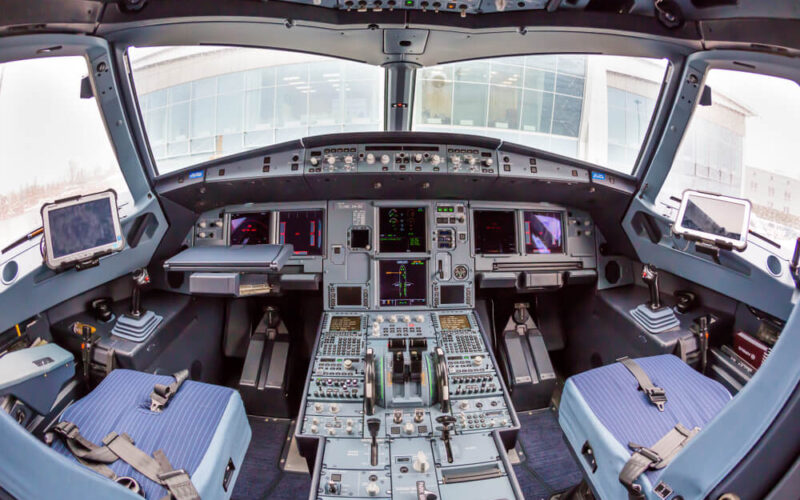Ever since its inception, the Airbus A321XLR has become one of the hottest things on the market. Airbus has amassed over 450 orders for the aircraft since its launch at the 53rd Paris Air Show in June 2019. The European manufacturer seemingly hit the nail on the head perfectly, since airlines have been pleading for a “757 on steroids,” as one United Airlines executive put it in 2017, for quite a while.
While its main competition, Boeing’s New Midsize Airplane (NMA) is still in lingo and is going back to the drawing board, Airbus is slowly capturing more and more of the so-called Middle Market: the gap between the current largest narrow-bodies and smallest wide-bodies, with the performance capabilities to fly Transatlantic or other long, yet low-demand routes.
Yet while the A321XLR sales so far are going smoothly, the question on the flight crew and other personal training on the model remains: how will the flight crews and maintenance personnel transition into the newest member of the A320 family? After all, a low transition cost is a further incentive for airlines to order the A321XLR, especially for those that already fly Airbus’ narrow-body aircraft.
An Airbus representative confirmed to AeroTime that pilots already certified to fly the Airbus A320 family aircraft will only have to go through a short Familiarization briefing course that will take place online. According to the representative, the course should take no longer than two hours.
The responsibility of accommodating Flight Attendants to the new aircraft will fall on the operator’s shoulders, as they will be “trained by their respective airline to perform whatever missions they are required to” and in the interior layout that the airline will configure its A321XLR in.
Meanwhile, the transition for maintenance personnel is also expected to be smooth. They will be able to work on the newest aircraft if they are certified to work on the A320 family. However, they would need “to follow the procedures set out in the Aircraft Maintenance Manual specific to the A321XLR,” notes Airbus’ representative, including procedures on how to work with new components that are not present on the A321neo, like the center structural tank or any other fuel system components.

